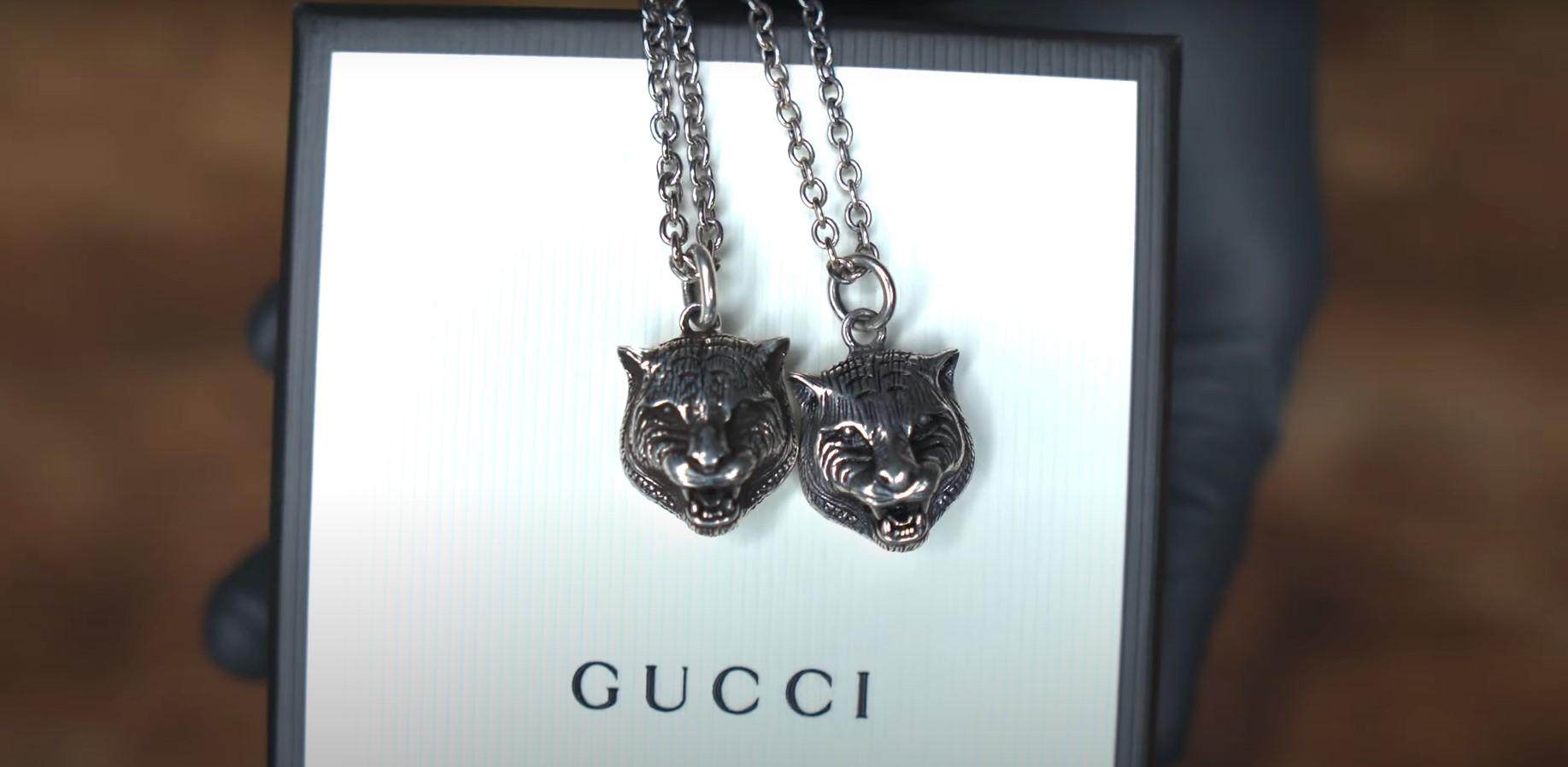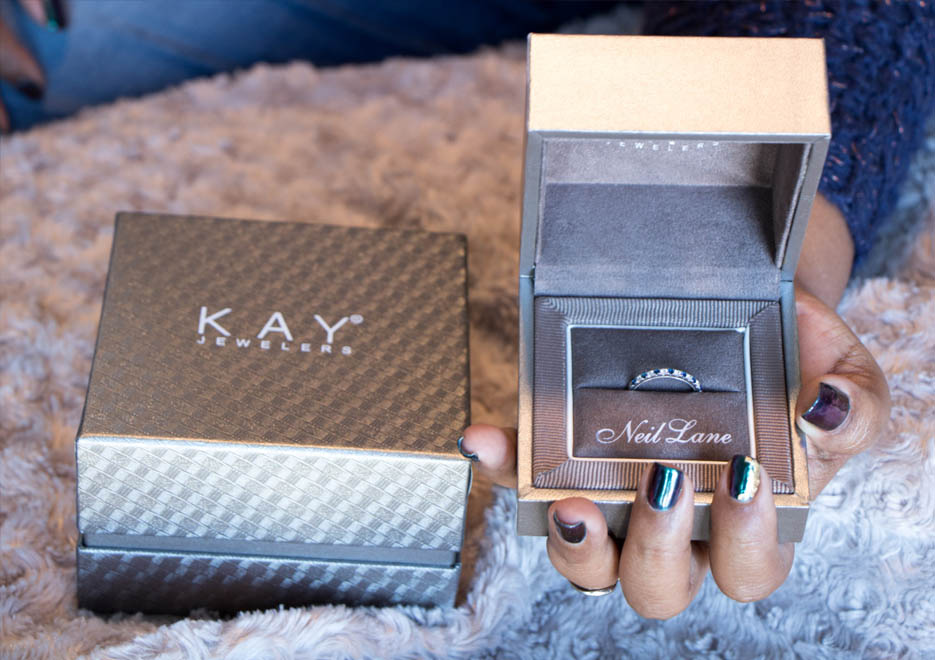Looking to learn more about diamonds? Our article explores the key differences between lab-grown and natural diamonds. From their origins to their appearance and value, we dive into the specifics to help you make an informed decision when it comes to purchasing a diamond. Whether you’re a diamond enthusiast or in the market for an engagement ring, this article has everything you need to know about lab-grown versus natural diamonds.
Lab-Grown vs Natural Diamonds: Unveiling the Sparkling Truth Behind Their Differences
Diamonds have long been a symbol of love, commitment and luxury. However, the industry has undergone a significant shift in recent years as lab-grown diamonds have gained popularity as an ethical and cost-effective alternative to natural diamonds.
Lab-grown diamonds are created in a laboratory setting using advanced technological processes that simulate the same conditions that form natural diamonds. On the other hand, natural diamonds are formed deep within the earth’s crust over billions of years. This fundamental difference in formation affects the characteristics and properties of both types of diamonds, making them different in a number of ways.
As consumers become more conscious about ethical practices and environmental impact, it’s important to understand the key differences between lab-grown and natural diamonds to make an informed choice when it comes to purchasing a diamond. In this article, we’ll delve into the differences between these two types of diamonds and help you make an informed decision based on your individual values and priorities.
Introduction to Diamonds
Diamonds are precious gemstones that are renowned for their beauty, rarity, and durability. They are formed over millions of years deep within the Earth’s mantle and are typically extracted from mines located around the world. These coveted gems have been used for centuries as decorative objects and as symbols of love and commitment. Today, they are still a popular choice for engagement rings, wedding bands, and other jewelry pieces.
Diamonds are most commonly known for their colorless appearance, but they can also be found in a range of colors including yellow, pink, blue, and green. The color of a diamond is determined by the presence of impurities and the way in which light interacts with the gemstone.
Carat weight, cut, and clarity are also important factors to consider when evaluating a diamond’s value and quality. Diamonds are graded and certified by independent organizations to ensure their authenticity and to provide customers with a clear understanding of their characteristics.
Understanding Natural Diamonds
What are natural diamonds?
Natural diamonds are formed deep within the earth’s mantle under extreme pressure and heat. They are made up of pure carbon that is crystallized into a diamond structure over millions of years.
How do natural diamonds differ from lab-grown diamonds?
Natural diamonds are formed over a long period of time, while lab-grown diamonds are created in a matter of weeks. Natural diamonds also have unique inclusions and imperfections that make each one unique, whereas lab-grown diamonds are often flawless and have a more uniform appearance.
What are the 4Cs of natural diamonds?
The 4Cs of natural diamonds are carat weight, color, clarity, and cut. Carat weight refers to the weight of the diamond, while color refers to the presence of any color in the diamond. Clarity measures the number of inclusions or imperfections in the diamond, and cut refers to the way the diamond is cut and shaped.
Where are natural diamonds found?
Natural diamonds are found in diamond mines all around the world, including South Africa, Russia, Australia, and Canada. Some diamonds are also found in riverbeds and on beaches.
Why are natural diamonds so valuable?
Natural diamonds are valuable because of their rarity and the fact that they are formed over such a long period of time. They also have cultural significance and are often used in engagement rings and other special pieces of jewelry.
How can you tell if a diamond is natural or lab-grown?
There are several ways to tell if a diamond is natural or lab-grown, including examining it under a microscope for certain growth patterns, analyzing its inclusions and impurities, and subjecting it to certain tests that measure its thermal conductivity and phosphorescence.
Understanding Lab-Grown Diamonds
Lab-grown diamonds, also known as synthetic diamonds or cultured diamonds, are made in a laboratory setting through a process called Chemical Vapor Deposition or High Pressure High Temperature. This involves growing a diamond crystal using advanced technology that mimics the natural conditions in which diamonds form in the earth’s mantle.
One of the key differences between lab-grown and natural diamonds is their origin. Natural diamonds are formed deep in the earth over billions of years, whereas lab-grown diamonds are created by humans in a laboratory. This means that lab-grown diamonds can be produced in a matter of weeks or months, while natural diamonds take billions of years to form.
Another key difference between the two types of diamonds is their cost. Lab-grown diamonds are typically less expensive than natural diamonds because they do not have the same rarity and scarcity as natural diamonds. However, lab-grown diamonds can still be just as beautiful and durable as natural diamonds.
Despite their differences, lab-grown diamonds are becoming increasingly popular as an affordable and sustainable alternative to natural diamonds. They are also an ethical choice for consumers who want to avoid the environmental and social impacts associated with diamond mining.

Frequently Asked Questions about Key Differences Lab-Grown vs. Natural Diamonds:

As a jewelcraft master, I have spent years honing my craft and perfecting my skills in creating beautiful, high-quality fine jewelry. I take great pride in my work, and I am always striving to create pieces that are unique, elegant, and timeless. In addition to creating jewelry, I also love to share my knowledge and passion with others through writing. That’s why I enjoy blogging about fine jewelry, where I can provide insight into the design process, share interesting industry news and trends, and offer tips on how to care for and style jewelry.




